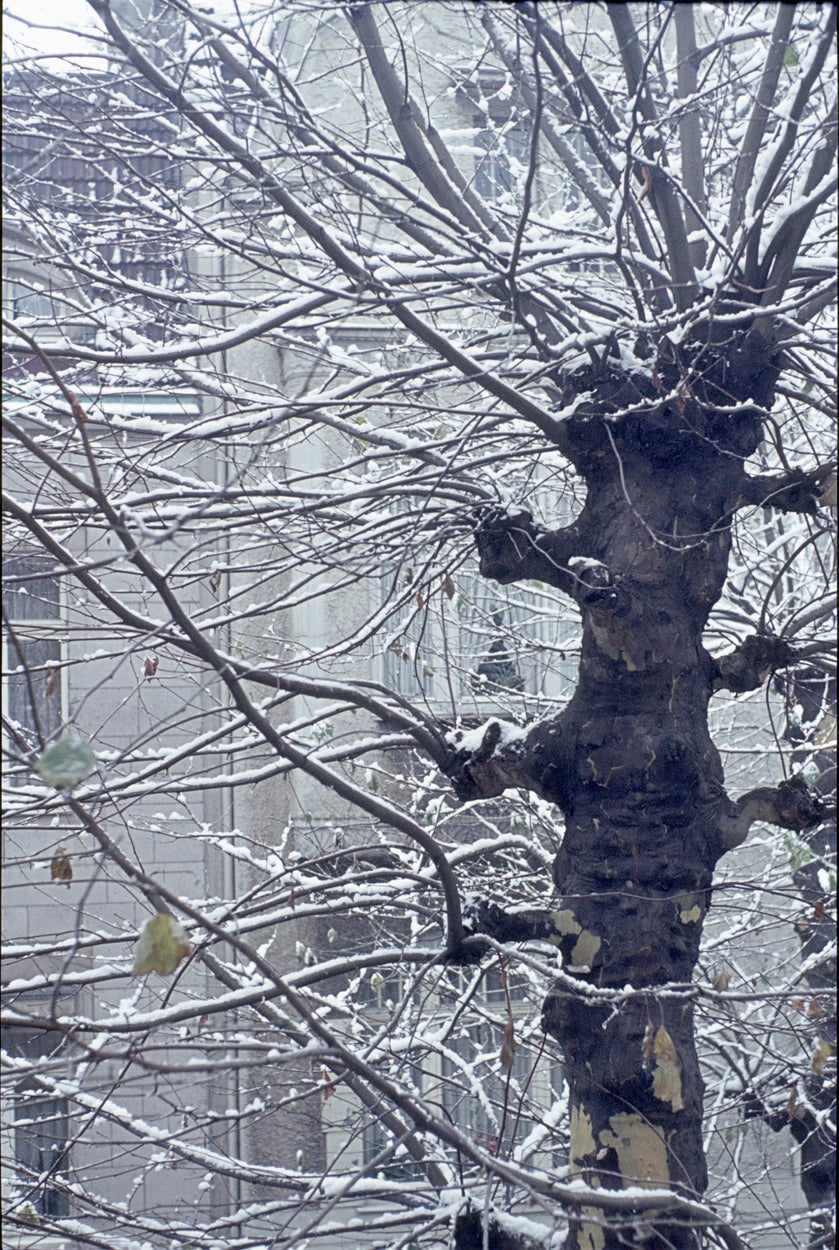Plane Tree Winter Care – How To Prevent Plane Tree Winter Damage


Plane trees are hardy in USDA zones 4 through 9. They can withstand some pretty significant cold, but are also one of the deciduous trees that can receive trunk and stem damage in extreme freeze events. Frost cracks on plane trees are the most dangerous signs of cold damage. However, most winter plane tree problems are superficial and the tree will heal itself overtime. Learn when to worry and when to wait on plane tree winter damage.
Recognizing Light Plane Tree Winter Damage
In winter, plane trees lose their leaves, become dormant, and basically wait until spring for any growth. In some cases, new spring growth has already begun when a frost comes along, and the new shoots get damaged. It is best to wait and see once temperatures warm up before drastically pruning the plant. The only time plane tree winter care should involve pruning is when there is a broken limb that may be hazardous.
A hard freeze during early spring can harm plane trees. This may take a few days to become apparent, but gradually new shoots and leaves will shrivel and appear burnt, and shoot tips will brown. The extent of the damage will give you a clue as to how serious the situation has become. Depending on the plant's location, sometimes winter plane tree problems will only occur on one side of the plant. In exposed sites with freezing wind, the entire tree may be affected.
The best advice is to wait and see if the tree recovers. Once there is no threat of freezing and temperatures are warm, the plant should send out new shoots and leaves. If it does not, you will have to take some actions.
Frost Cracks on Plane Trees
The most dangerous damage to plane trees in winter is frost cracks. These are also called radial shakes and occur in trees that grow quickly, like plane trees, and those with slender trunks. The damage shows as large cracks in the trunk of the tree. The damage won't kill the tree immediately, but it can interrupt the flow of nutrients and water to terminal stems. It can also invite insects and disease, which may kill the tree.
It's a real judgment call whether to wait or take the tree down. Much of this will depend upon your region's weather. In areas with early spring warm ups combined with high humidity, fungal disease is very possible. Additionally, spring hatches of insects may make their home in the cracks.
Repairing Winter Damage
The wait and see method is preferred if the plant doesn't experience another freeze event and is not posing a danger to passersby. You can always take the tree down if it gets an infestation or disease that can't be handled. Most trees can recover with good cultural care.
Sign up for the Gardening Know How newsletter today and receive a free copy of our e-book "How to Grow Delicious Tomatoes".
Remove terminal damage in the spring. In the case of frost cracks, the tree won't heal over, but if it isn't split wide open, it can still survive. If the tree received injury in the dead of winter, it is more likely to recover because it was fully dormant. If it occurred during early spring,the chances of recovery diminish.
When in doubt, consult an arborist who can guide you on whether the tree should be kept or removed.

Bonnie Grant is a professional landscaper with a Certification in Urban Gardening. She has been gardening and writing for 15 years. A former professional chef, she has a passion for edible landscaping.